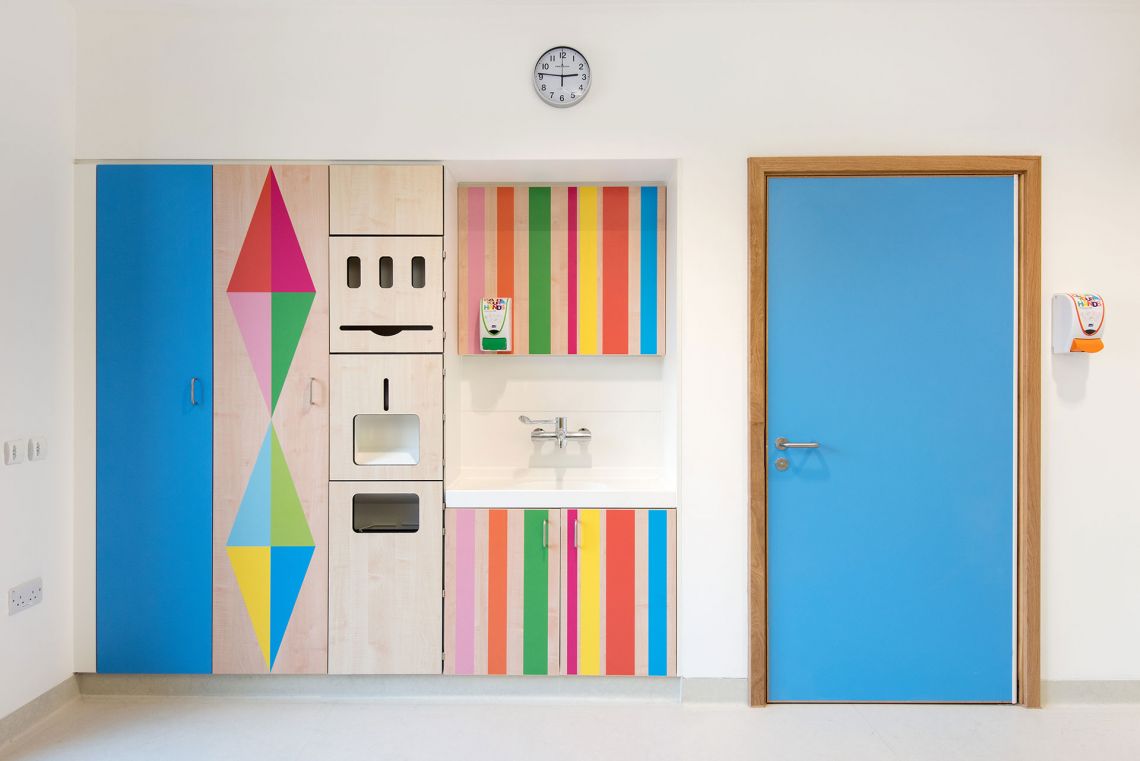Integral Finger Guard (Alumax)
Perfect for new builds and major refurbishments
- Our discreet integral finger guard offers complete safety and unrivalled durability.
- Designs out the problem of trapped fingers by using a rounded heel to eliminate the gap between door and frame
- This hinge-reveal gap remains constant at just 2mm – too small for fingers to get in harm’s way
- Lasts the lifetime of the door, removing the need for regular replacements
- Saves between £500 and £1,000 per door over 25 years compared to plastic
Product Information
Lasts the lifetime of the door
Once installed, Alumax will last the lifetime of the door, removing the need for replacements. This can save £500-£1,000 over the door’s life, compared to plastic finger guards.
We chose aluminium because it’s easy to clean. So it’s perfect for keeping restaurant toilets safe and hygienic. Plus it’s durable enough for SEN schools and leisure centres.

Designs out the problem
It reduces the risk of trapped fingers by removing the dangerous gap between door and frame. The clever design means there’s less opportunity for wandering fingers to become trapped.
The concentric curved profile and pivot point of our integral finger guard mean the frame sits almost at a tangent to the door. This allows it to open and close without the edge moving relative to the frame – creating a constant 2mm finger-safe gap.
Patent protected (GB1902103, FR1902103, DE602006020281.4)
Seamlessly blends into any environment
Available in a range of finishes, including timber finish and RAL colour, it’s almost invisible to the eye and fits seamlessly into any environment.
The pivot hinge means it can be easily adjusted on site. This adjustability is both vertical and lateral, so you can set both desired floor clearance and fine-tune the finger-safe gap.










